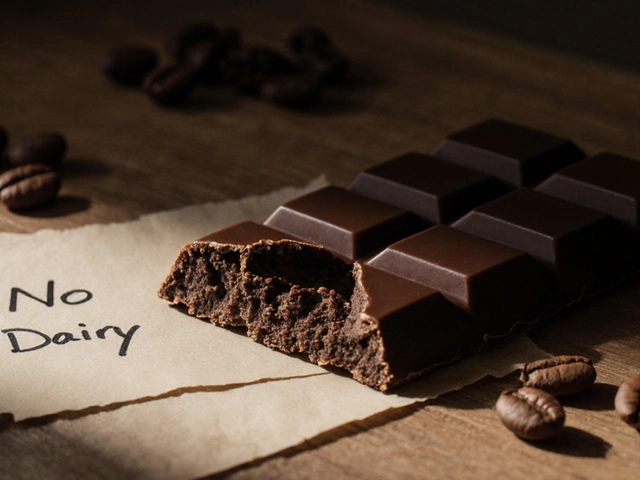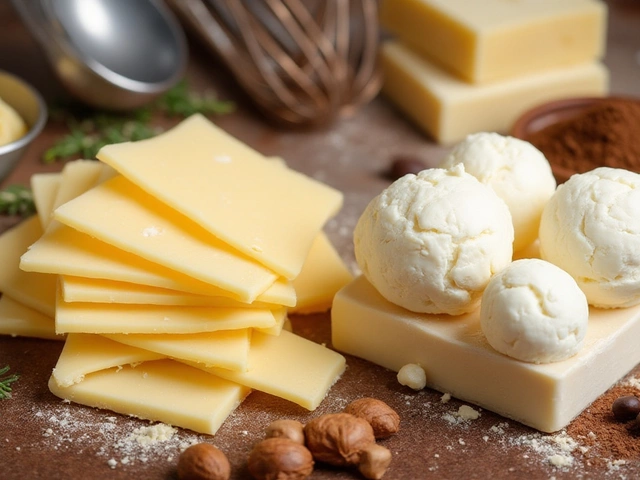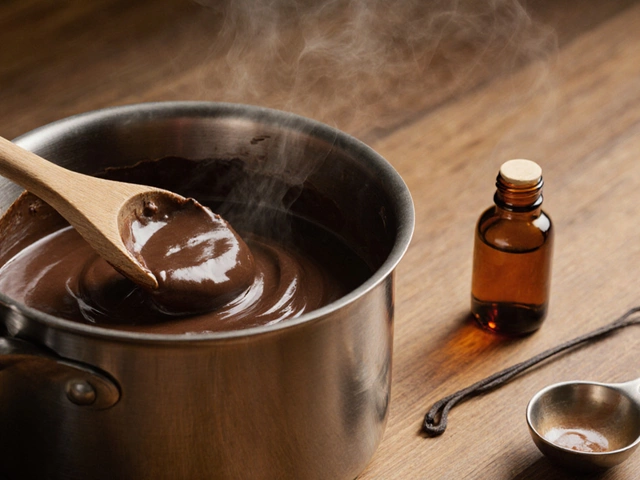Cheese Names: What They Mean and How to Use Them
Ever stared at a cheese board and felt lost? You’re not alone. Cheese names can sound fancy, but they’re just clues about flavor, texture, and where the cheese comes from. Knowing a few key names helps you pick the right cheese for a sandwich, a salad, or a party platter.
First off, most cheese names tell you two things: the milk it’s made from and the style of aging. For example, Cheddar is a cow‑milk cheese that’s aged anywhere from a few months to several years. Brie and Camembert are soft, white‑rinded cheeses made from cow’s milk and ripened quickly, which is why they stay creamy.
Common Cheese Categories
Fresh cheeses like mozzarella, ricotta, and feta have no aging. They’re soft, mild, and perfect for melting or crumbling over dishes. Soft‑ripened cheeses such as brie and camembert develop a thin edible rind and a buttery interior. Semi‑soft cheeses – think gouda and havarti – have a smooth texture and a mild to medium flavor that works well on crackers.
Hard cheeses like parmesan, pecorino, and aged cheddar are dry, crumbly, and packed with umami. They grate nicely over pasta or salads. Blue cheeses – gorgonzola, roquefort, stilton – have veins of mold that give a sharp, salty bite. Use them sparingly on salads or in sauces.
How to Choose and Store
When you shop, look at the label for the milk source (cow, goat, sheep) and the aging time. Younger cheeses are milder; older ones are stronger. Pick a cheese that matches the dish you’re planning – a mild mozzarella for pizza, an aged gouda for a cheese board.
Store cheese in the fridge, but not in the back where it’s super cold. Wrap it in parchment paper first, then a loose layer of foil. This lets the cheese breathe without drying out. Hard cheeses can last a month or more; soft cheeses should be used within two weeks.
Before serving, let the cheese sit at room temperature for about 30 minutes. This brings out the flavor and makes the texture more enjoyable. Slice or crumble it just before plating so you keep the shape intact.
Pairings are easy when you know the name. Fresh cheeses love bright, acidic foods – tomatoes, citrus, herbs. Soft‑ripened cheeses match well with fruit, honey, or a splash of wine. Hard cheeses pair with nuts, dried fruit, and full‑bodied reds. Blue cheeses love sweet things like figs or a drizzle of balsamic.
Remember, cheese names are more than just fancy words. They guide you on flavor, texture, and the best way to use each cheese. Keep this cheat‑sheet handy, experiment with pairings, and you’ll feel confident the next time you walk past a dairy case.

Discovering the True Italian Cheese: Names, Varieties, and Taste Secrets
Unravel the world of Italian cheese. Learn about famous cheese names, how they differ, and tasty tips for using them in your kitchen.
View More




